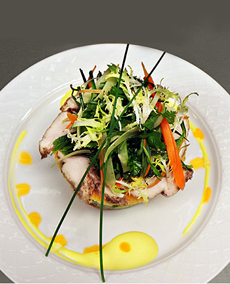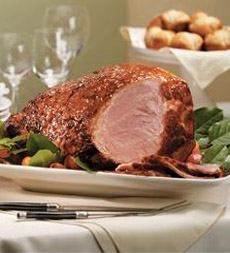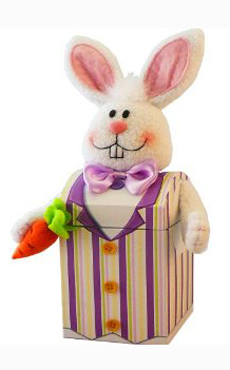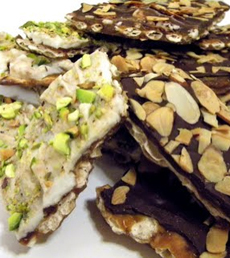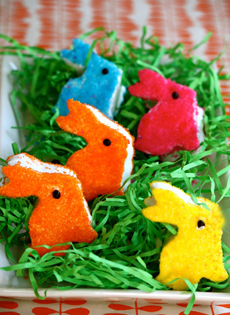Preparation
1. Lightly spray a 9-by-13-inch glass baking dish with nonstick cooking spray. Sprinkle gelatin over a small bowl filled with 1/2 cup cold water; let stand to soften.
2. In a heavy bottomed saucepan, mix together sugar, corn syrup, hot water and salt. Place over medium heat and cook, stirring, until sugar has dissolved. Continue cooking, without stirring, until mixture reaches the soft-ball stage, about 240°F on a candy thermometer. Remove from heat and gently stir in gelatin mixture; set aside.
3. In the bowl of an electric mixer fitted with the whisk attachment, beat egg whites on high speed until stiff peaks form. With the mixer running, slowly add sugar/gelatin mixture. Add vanilla and continue beating for 10 minutes until the mixture looks like marshmallow.
4. Transfer marshmallow mixture to prepared baking dish and spread evenly.
5. Generously sprinkle 1-3 different colors of sugar crystals across the baking dish horizontally, covering any exposed marshmallow.
6. Spray a piece of parchment paper with nonstick cooking spray and cover marshmallow. Let stand overnight.
7. Remove parchment paper and invert marshmallow onto work surface.
8. Generously sprinkle 1-3 different colors of sugar crystals across the marshmallow horizontally covering any exposed marshmallow. Try to match colors on the other side of the Peep (although it’s fine to have mismatched sides).
9. Use cookie cutters to cut marshmallows into various Easter themed shapes. Spray the cookie cutters with nonstick spray so the marshmallow releases easily. Wash the cookie cutters between colors.
10. Transfer marshmallows to a baking sheet lined with parchment paper; set aside. Repeat process until all the marshmallow is cut into shapes. Use a skewer dipped in chocolate to make eyes, or use chocolate candies such as Valrhona Perles Craquantes for a more dramatic effect. Use marshmallow creme as “glue” to attach candies to your Peeps.
11. Store in an airtight container for up to 3 days.
Find more Sugar Mommas recipes at SugarSugarRecipes.com.
|
